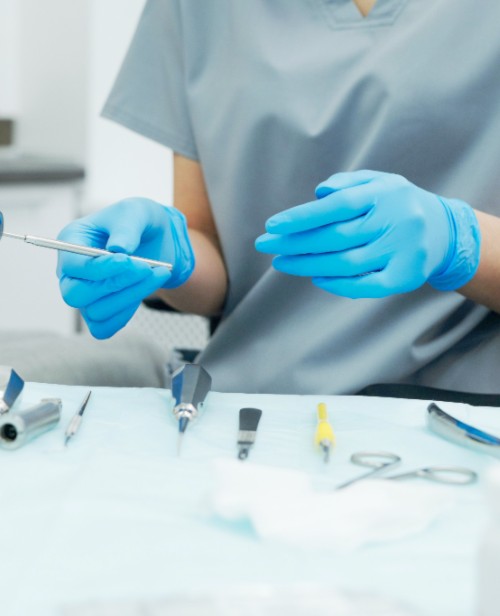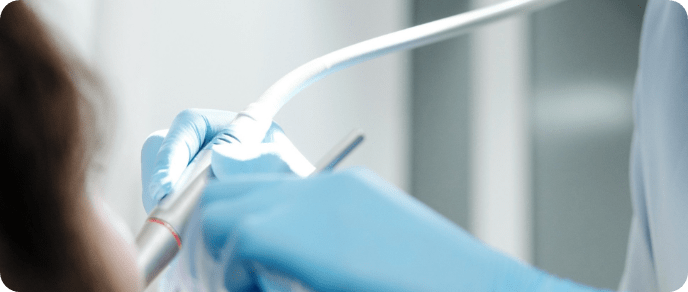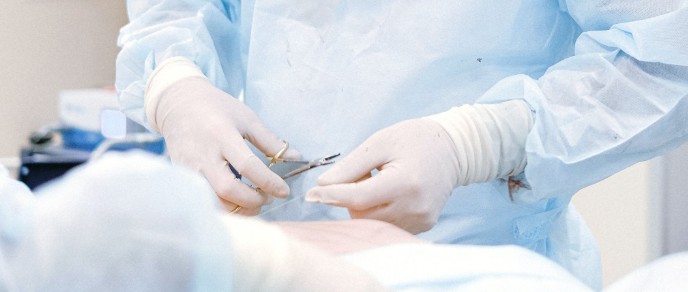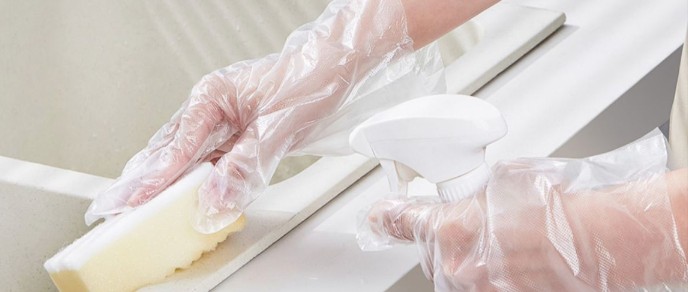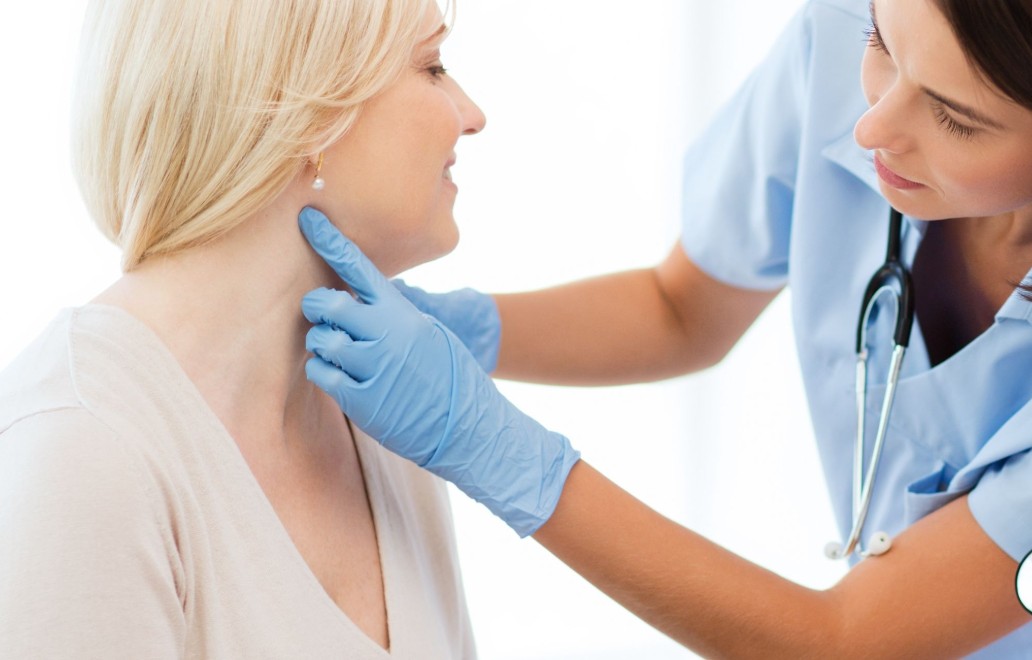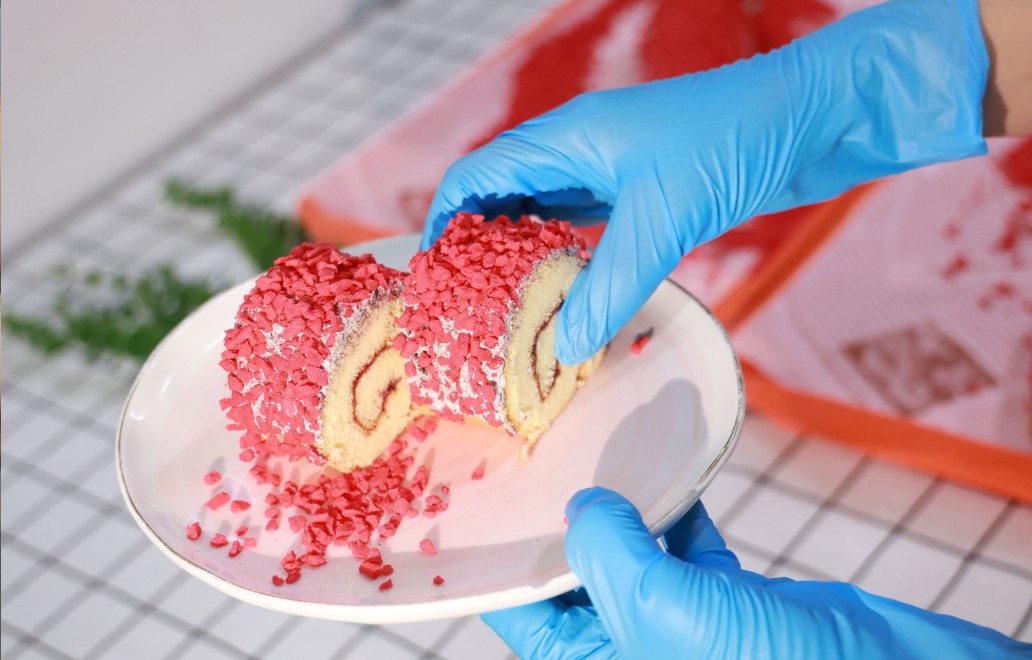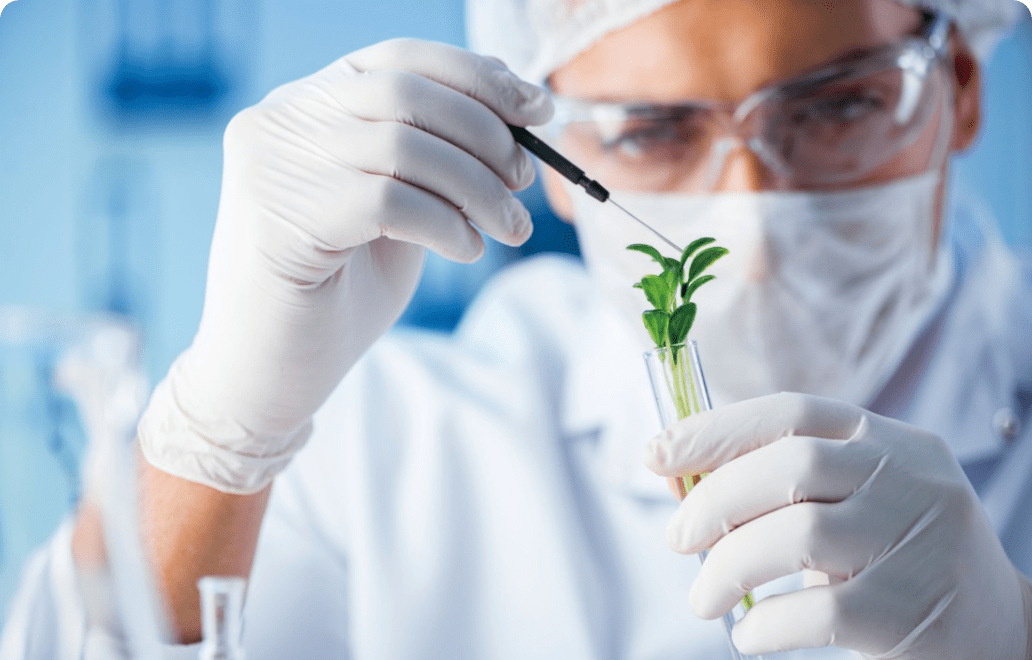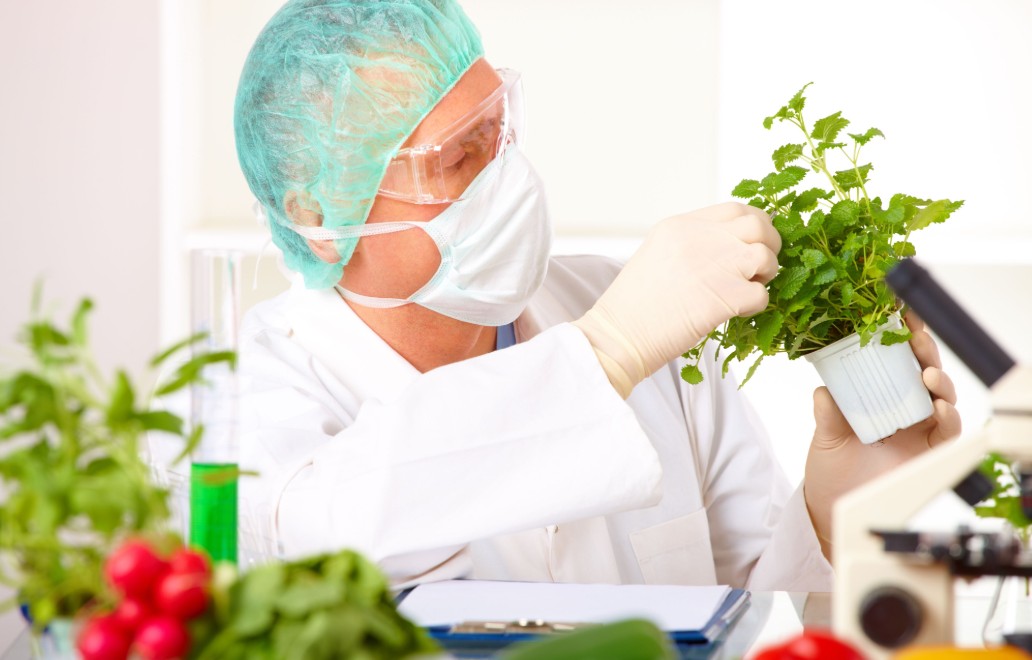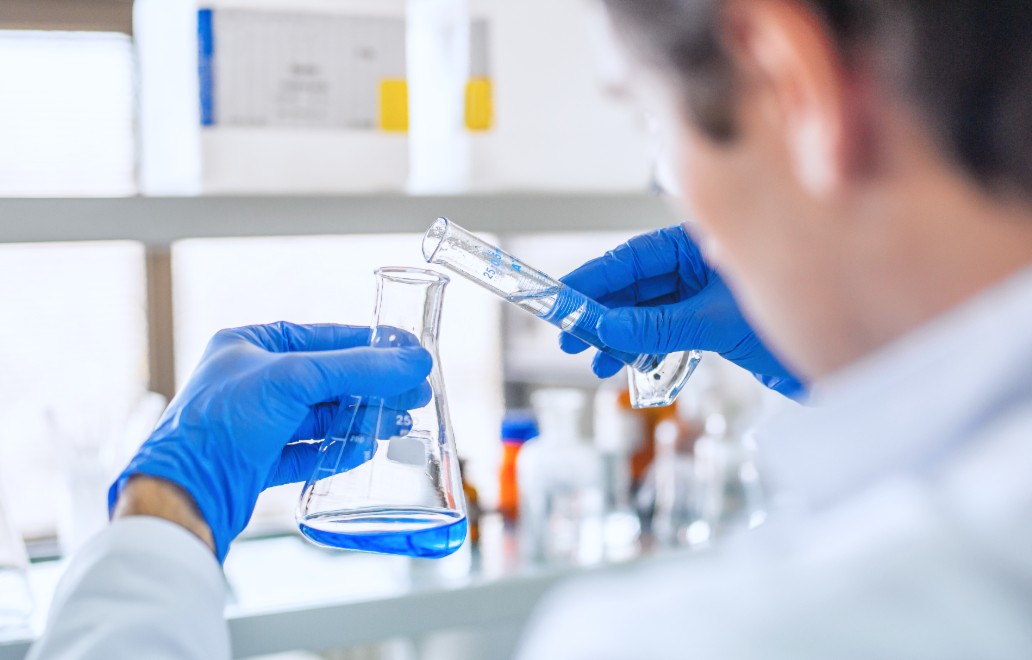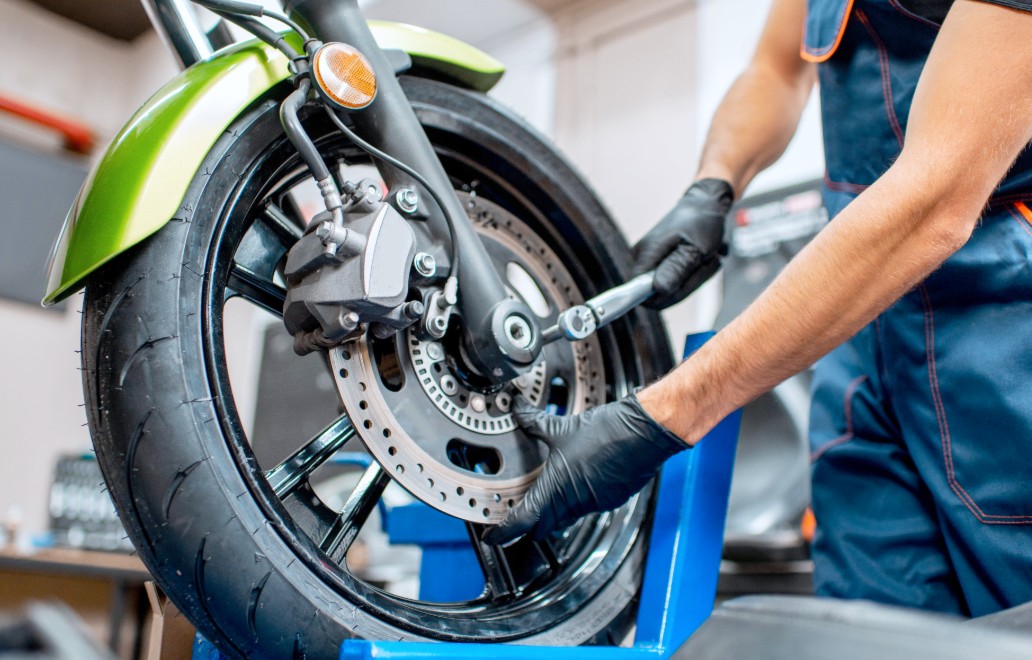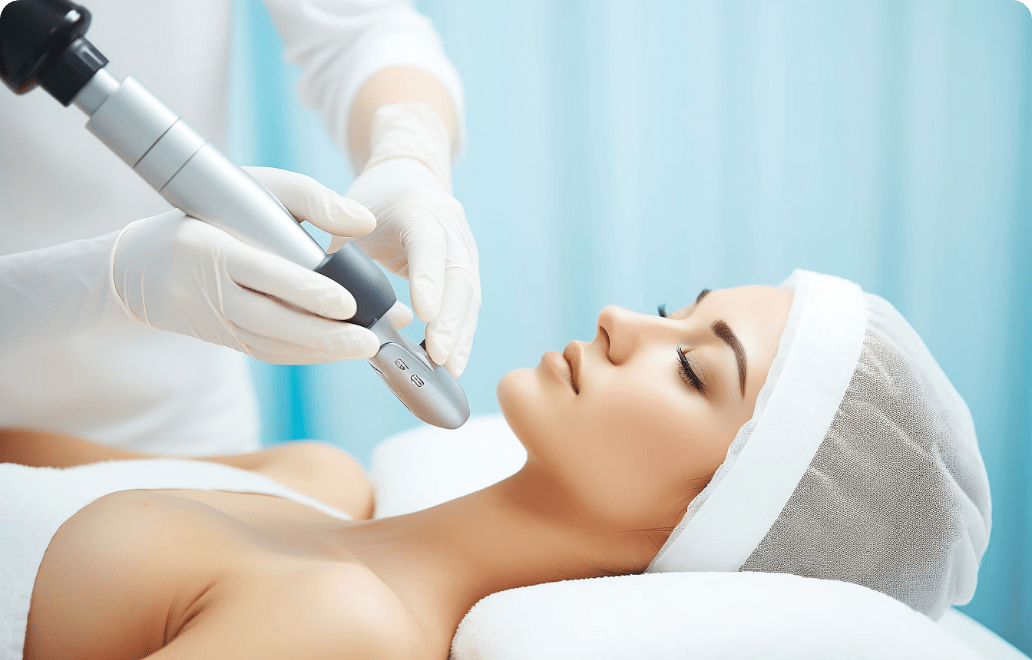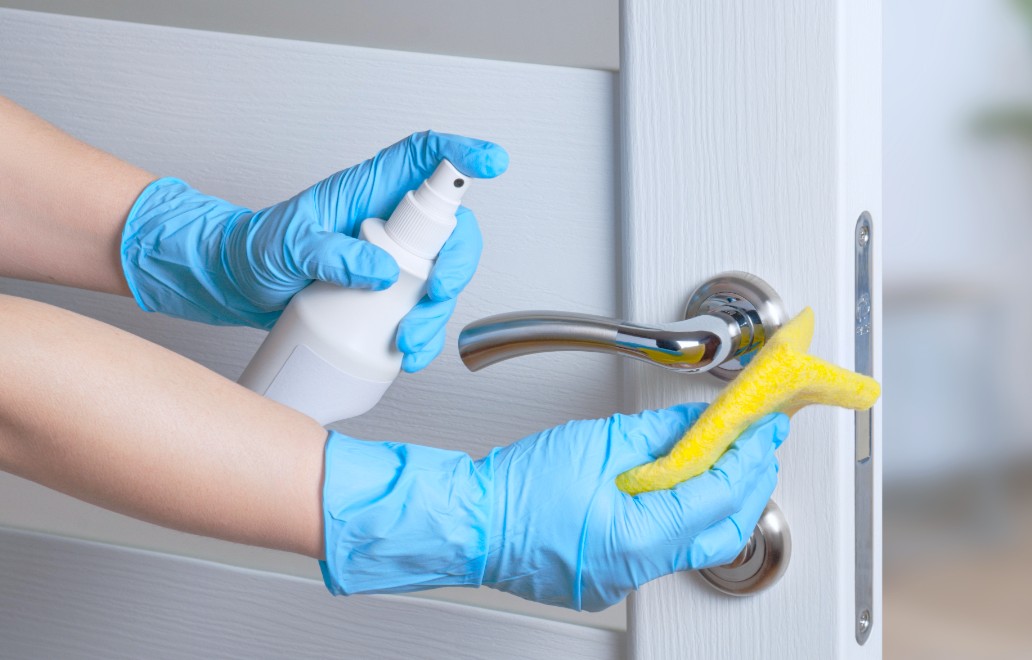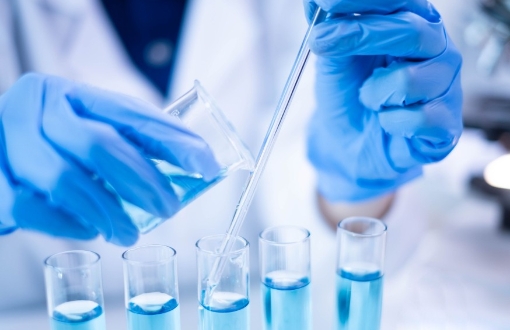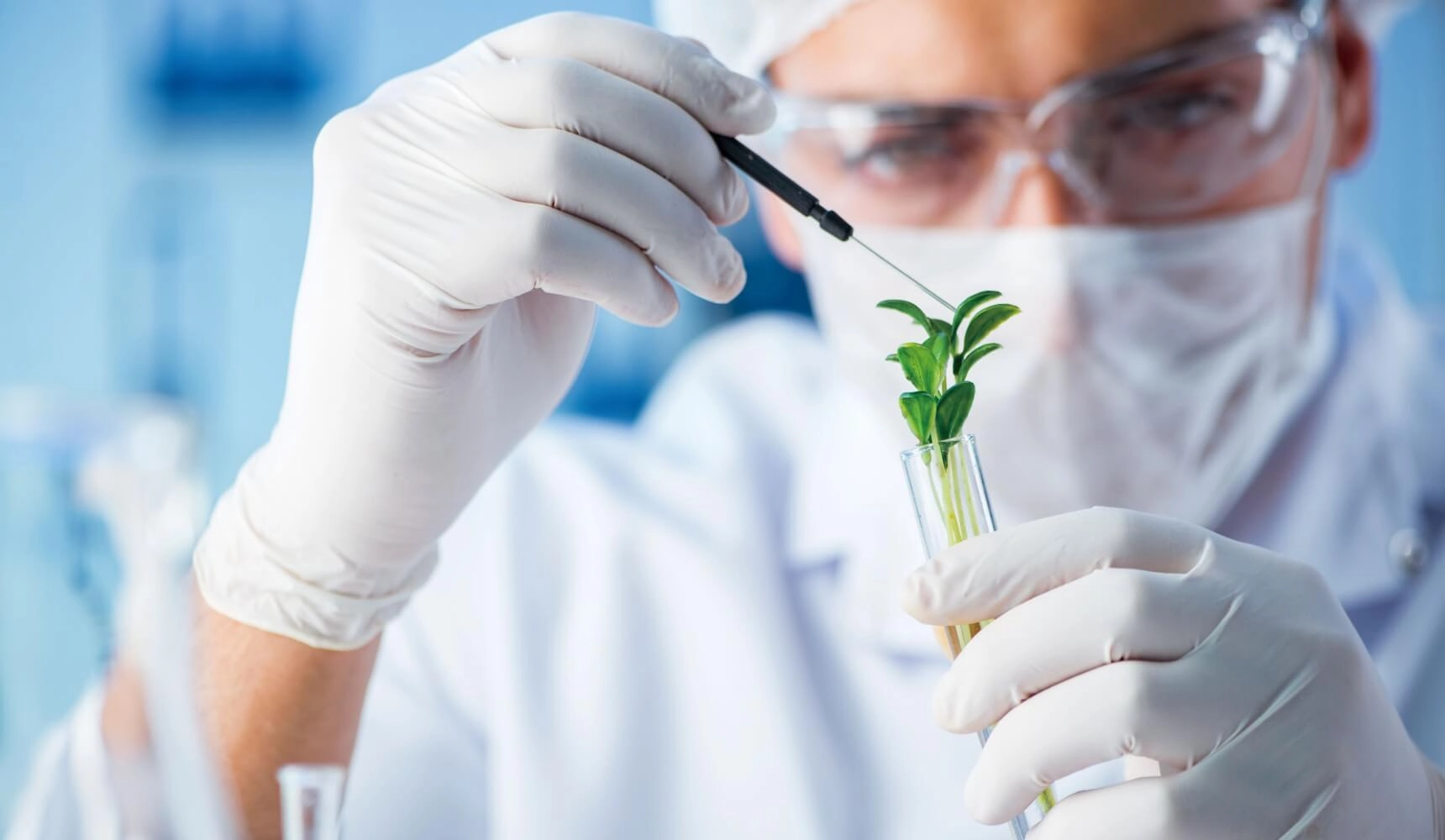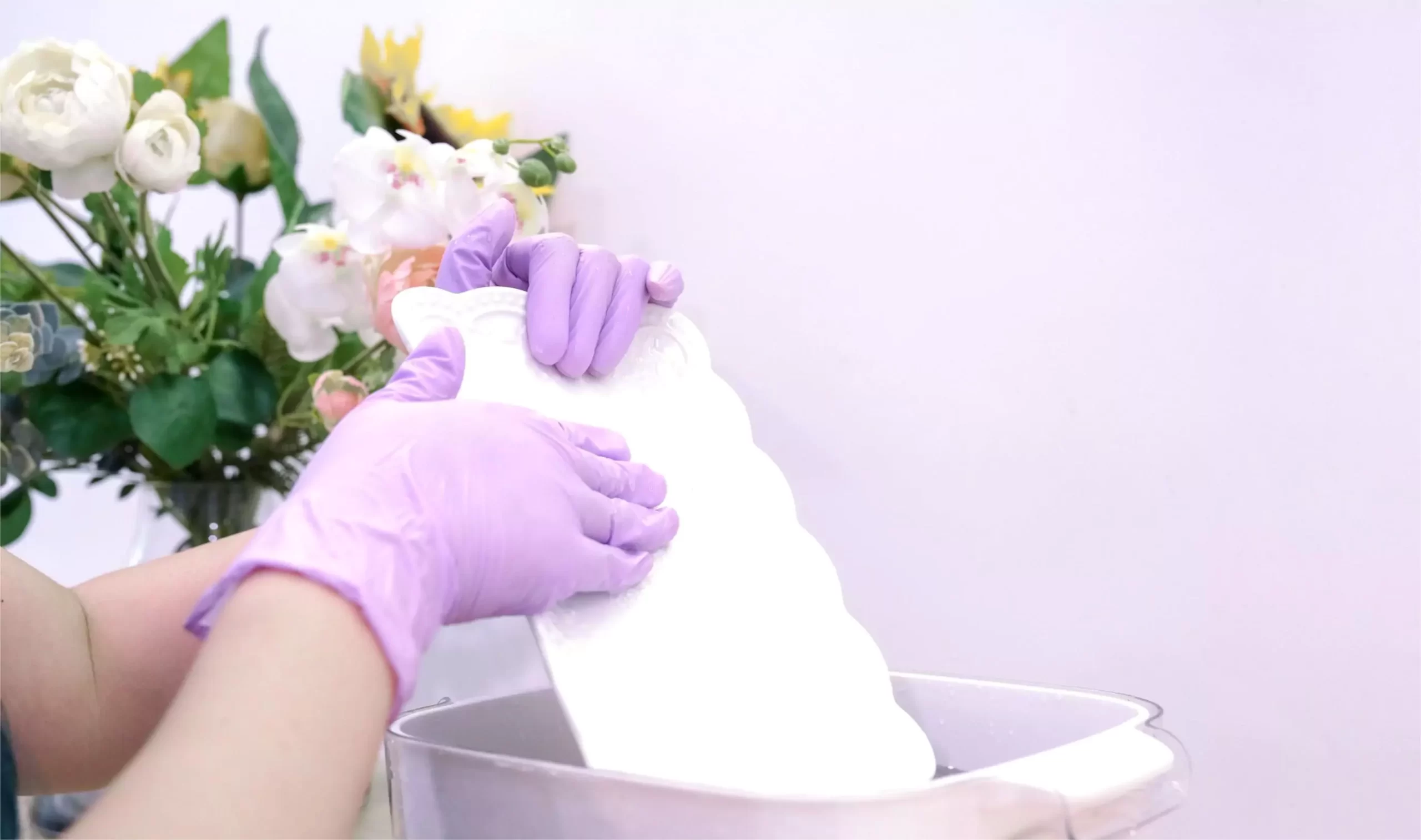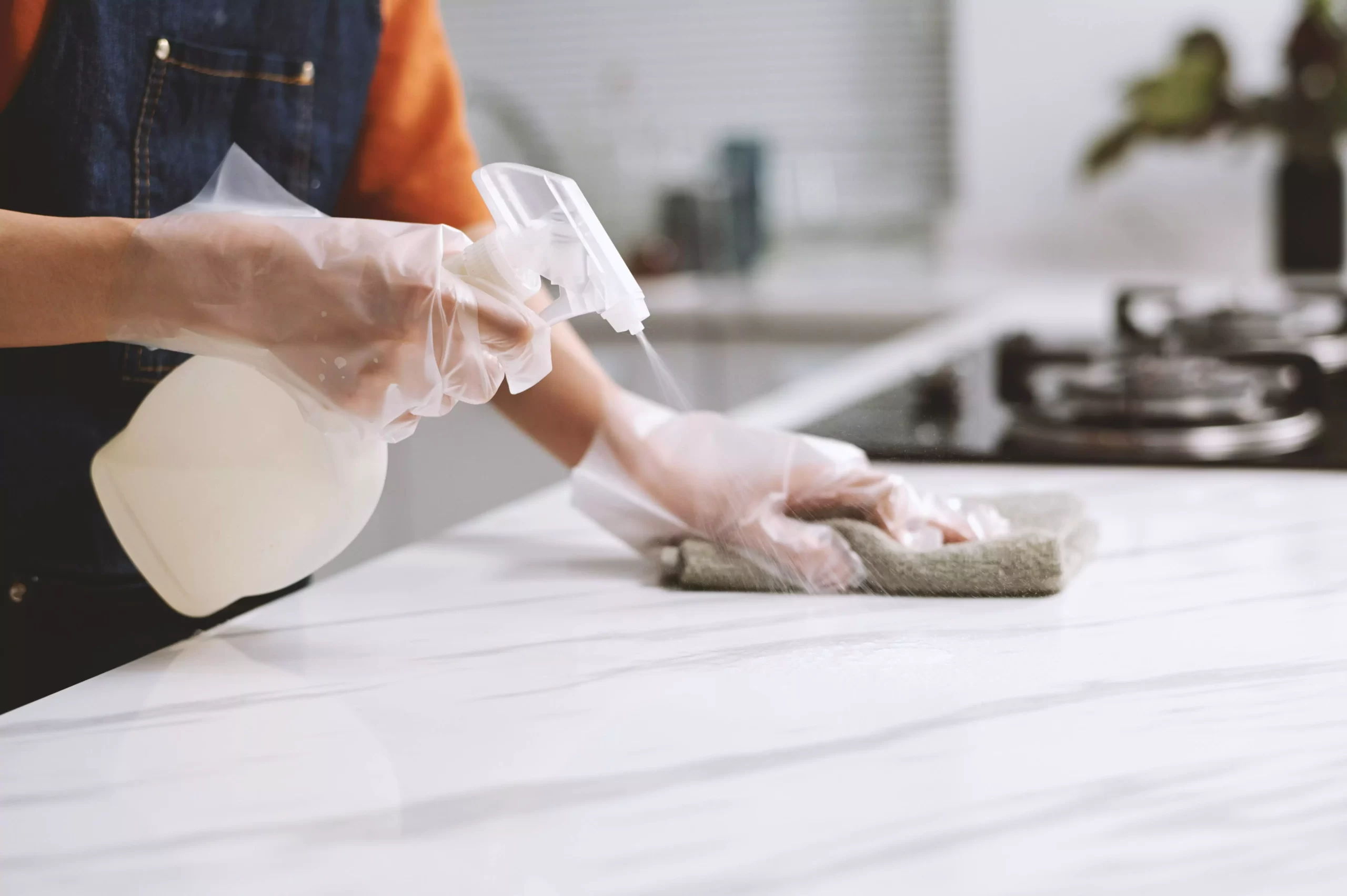Glove products
Exam Gloves Essential Steps for Maintaining Hygiene Standards
Importance of Exam Gloves in Healthcare Settings
In healthcare settings, exam gloves are essential for upholding hygiene standards. The exam gloves act as a barrier to reduce the spread of infections between healthcare workers and patients. They are vital in preventing cross-contamination and promoting safety, for both patients and the healthcare teams. Following proper glove protocols also helps build trust in healthcare practices among the public.
Role of Exam Gloves in Infection Control
Infection control is crucial in the healthcare sector. Besides reducing the chances of spreading pathogens during procedures and checks. These gloves act as a barrier that safeguards healthcare workers and patients from infections. Following hygiene protocols is fundamental for healthcare professionals to ensure safety. It is crucial to understand that gloves should never replace hand hygiene, but rather supplement it as part of a comprehensive approach to infection prevention.
Types of Exam Gloves Offered by INTCO Glove
INTCO Glove produces a variety of exam gloves to meet the requirements of the healthcare industry. They offer latex, vinyl, and nitrile gloves that are tailored for use. This diverse selection allows medical professionals to pick the most appropriate gloves for their duties while upholding standards of quality and safety.
Proper Selection of Exam Gloves
Understanding Different Materials and Their Uses
When choosing exam gloves, it’s important to know the kinds of materials. You can choose the latex gloves which are known for their elasticity and fit. But they can trigger allergies in certain people. For a puncture-resistant alternative nitrile gloves are recommended as they also reduce the risk of reactions. Vinyl gloves tend to be used for daily tasks because they’re cost-effective and comfortable. Healthcare providers must grasp the features of each type of glove to make informed decisions.
Sizing and Fit Considerations
Getting the size and fit of exam gloves is important to make sure they work well for you when you need them most! If gloves are too loose, they won’t protect you properly and might even slip off during tasks. On the other hand, if they’re too tight it could cause tears. Snug enough to keep out any nasties but still allow your hands to move freely and do what you need them to do without any hassle. Medical workers should have a variety of glove sizes to go so everyone can find their fit no matter what job they’re doing!
Quality Standards and Certifications
Quality standards and certifications are crucial for ensuring the safety and effectiveness of exam gloves in regions. In places like hospitals and healthcare facilities gloves must adhere to FDA regulations or ASTM International standards. Certifications signal that the gloves have undergone testing for resistance, perforation, and contamination. Healthcare providers should procure gloves from trusted manufacturers such as INTCO Glove who comply with these quality benchmarks to maintain high hygiene standards.
Steps for Proper Usage of Exam Gloves
Hand Hygiene Before Wearing the Gloves
Prior to putting on exam gloves, medical staff should practice hand hygiene by either washing their hands with soap and water or using an alcohol-based hand sanitizer to reduce the chances of contamination during glove application and to uphold infection control measures effectively.
Correct Procedure for Donning Exam Gloves
Wearing exam gloves properly is crucial, in preventing contamination in healthcare settings. All healthcare professionals should make sure their hands are completely dry, before wearing gloves to prevent any material from being compromised. It’s essential to check the gloves for any defects before using them. Gloves should be put on over dry hands with caution to avoid surfaces that may be contaminated during the process of putting them on.
Ensuring Integrity During Use
Medical workers must preserve the quality of exam gloves while using them to ensure their efficacy and protection levels are maintained properly throughout the task at hand. Making sure not to touch contaminated surfaces like your face or electronic devices while wearing gloves and always check for any signs of damage such as tears or holes that may compromise the barrier. By keeping the gloves in condition and free defects, you can help ensure the safety of both yourself and the patient under your care.
Safe Removal and Disposal of Exam Gloves
Step-by-Step Guide to Removing Contaminated Gloves
It’s crucial to dispose of exam gloves to stop the spread of infection effectively. Start by grabbing the part of one glove to the wrist and pulling it off the hand while turning it inside out during removal. Hold onto the glove using the hand you have left. After that use your hand to slip a finger under the wrist of the glove and peel it off in a manner that keeps both gloves together. Remember to scrub your hands clean after taking off any gloves to get rid of any remaining germs or dirt.
Methods for Disposing of Used Exam Gloves Responsibly
It’s important to discard them in assigned biohazard waste bins to prevent any contamination of nonhazardous waste materials and safeguard the well-being of medical workers and the environment alike by following correct disposal procedures that comply with local regulations for hazardous waste management to uphold cleanliness standards diligently.
Monitoring Compliance Among Healthcare Workers
Keeping track of whether gloves are being used and hygiene standards are being followed can help pinpoint any training or knowledge gaps that need to be addressed within healthcare settings. Regularly checking and giving feedback to staff members can motivate them to follow the established protocols for wearing gloves properly and maintaining hygiene practices. Using checklists and reminders can ensure that attention is kept on the correct use of gloves and hygiene procedures. Dealing with instances of noncompliance promptly helps promote a culture of safety and conscientiousness in healthcare settings.
Additional Measures to Support Hygiene Standards Alongside Exam Glove Use
Complementary Protective Equipment: Gowns, Masks, and Face Shields
Using exam gloves is important for keeping things clean and safe. In a medical environment, wearing protective equipment such as protective clothing and masks is also essential to better prevent infection.


